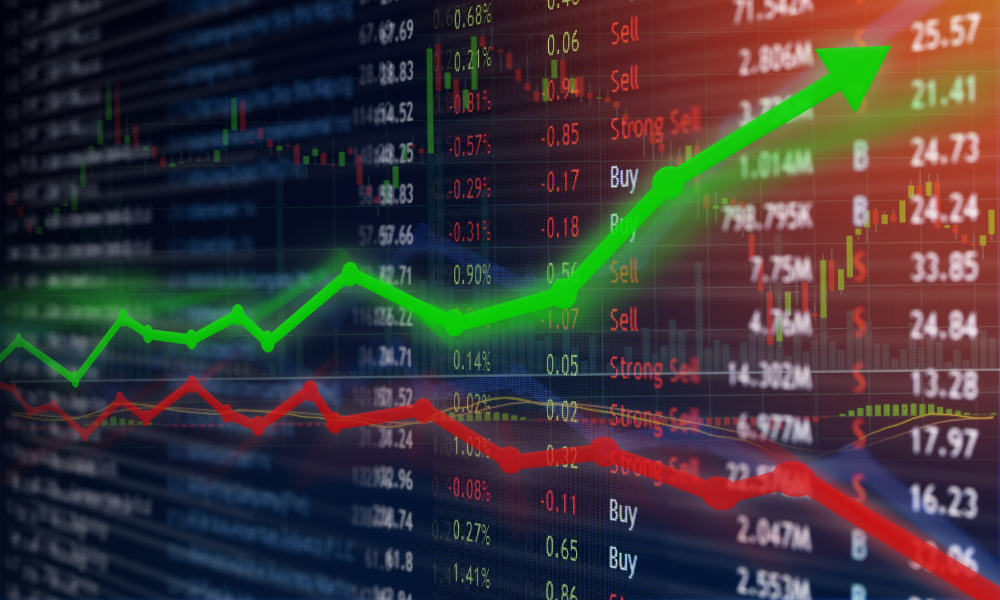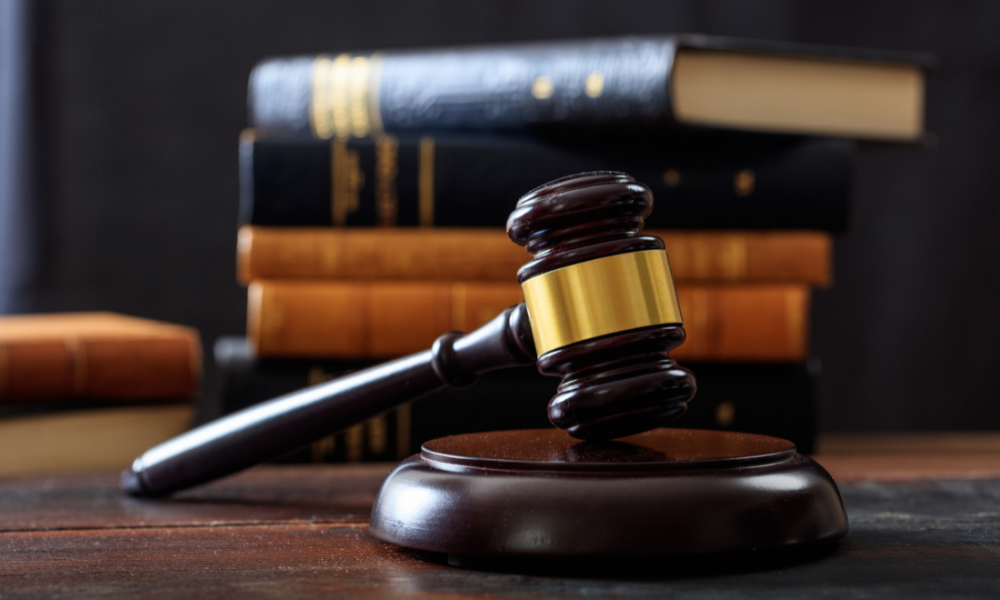Greening of residential buildings part of overall risk management strategy, explains managing partner

In a cultural moment when ESG and sustainable investments are losing flows and facing political ire, Hazelview properties is investing millions to make its apartment buildings more sustainable. The multi-residential manager has recently announced 100 per cent green building certification across its multifamily residential portfolio under both the BOMA BEST program and the Certified Rental Building Program (CRBP).
Those certifications, however, are as much about managing investment risk, generating return, and ensuring asset quality as they are about positive impact and climate preservation. Colleen Krempulec, managing partner and head of sustainability at Hazelview Investments explained some of the specific improvements undertaken to bring these properties up to high sustainable standards. She drew the line between those improvements and tenant demand, rents, and portfolio returns. She highlighted the idea that as advisors look at multifamily residential assets, they should look for sustainable practices as a form of risk management.
“For us, it's very much about risk management, future proofing our investments and our assets,” Krempulec says. “We also know without a doubt that when we invest in green building certification we have to do a lot of things to improve the operational and environmental efficiencies of our properties. That pays back in utility and operational savings. And we believe that it helps future proof the value of the asset for the longer term, and helps reduce the longer-term risk of assets becoming stranded if they don't meet current day, stringent expectations.”
The certification processes that Hazelview’s properties fall under involve multiple sets of stringent criteria around areas including energy consumption, air quality, waste management, greenhouse gas emissions, and environmental management. Achieving them means taking steps like adding high efficiency boilers, making energy and water retrofits, and replacing windows. Many of these improvements can also make units more attractive to tenants and therefore help them command higher rents.
Krempulec cites the example of one property in Toronto’s midtown near Yonge & Eglinton. Originally built in 1962 the building didn’t have individual thermal controls in each unit. A common radiator system provided heat and there was no air conditioning. As part of meeting these sustainability standards, Hazelview installed individual heat pumps in each unit, giving tenants heating and cooling with independent control in each unit. The result has been more sustainable energy usage as well as more desirable units and higher rents.
Some of these sustainability upgrades involve cutting edge technology, too. Hazelview has used a heating additive called endotherm in some of their natural gas heated buildings. That additive resulted in a 20 per cent reduction in natural gas consumption and a 33 per cent reduction in greenhouse gas emissions. That translates into immediate operational savings.
They have also begun using a product called Lamarr.AI, which uses drones and thermal imaging to rapidly inspect a building’s exterior. By flying drones around a building they are able to quickly identify where heat is being lost, a process that would take days to determine through traditional audits. From there they can make quick fixes and further improve building efficiency.
All of these improvements, Krempulec explains, can control for certain risks. She mentions the risk that assets without these sustainability practices might become stranded. As more institutional investors and pension funds apply ESG criteria to their approaches, not having these improvements means the purchase market for properties becomes smaller. Moreover, having lower operating costs and higher overall efficiencies can also make an asset more attractive for a buyer.
There is also direct climate change risk that buildings are exposed to. More frequent incidents of extreme heat and cold are likely, adding potentially increased costs around heating and cooling if more inefficient systems are still in use. Moreover, extreme cold can raise the risk of burst pipes and flooding, which adds significant costs to operations. Protecting against these risks, she argues, can save significant costs in the long-term. She believes that as advisors look to assess risk in their real estate investments, an eye to sustainability can prove instructive.
“Investing in sustainability is ultimately an exercise in managing risk,” Krempulec says. “We don't believe managing risk ever goes out of favour. We've been doing this before it was topical and we will continue to do it for the foreseeable future. As it relates to real estate, we're talking about tangible brick and mortar assets, that have real people that live in them and call them their homes. If you don’t manage the sustainability of a brick and mortar asset, you can physically see the impact of that choice.”



